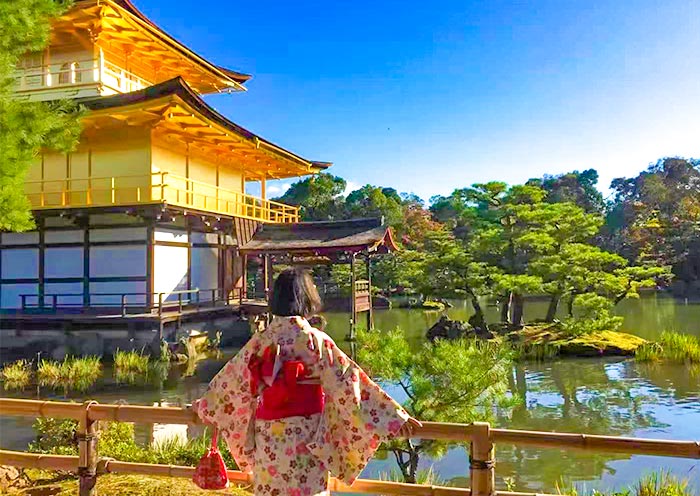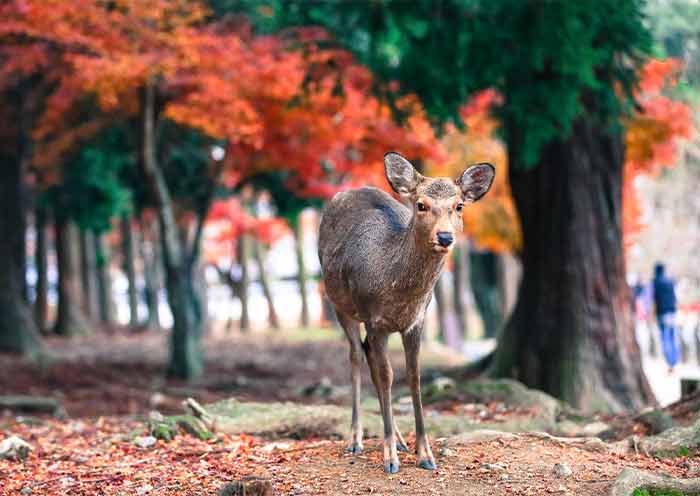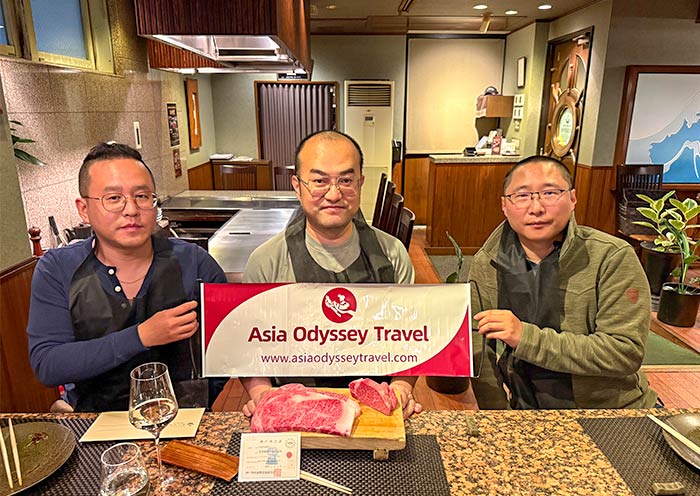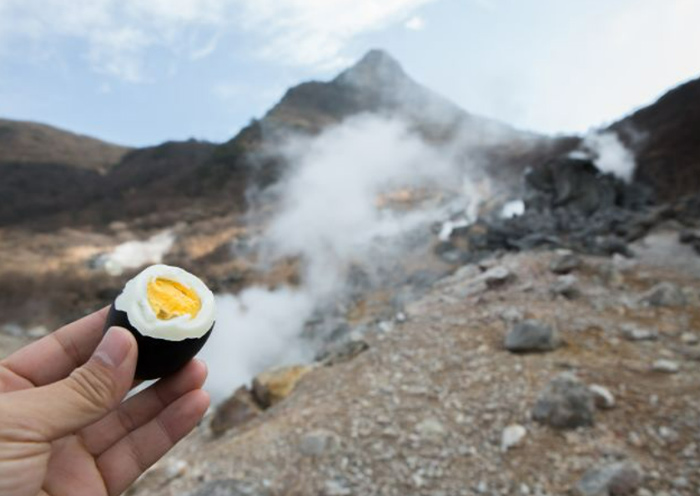6 Days Best Kansai Tour: Osaka, Kyoto, Nara, and Kobe Beef
From
USD Request![]()
- This is the price per person, based on a group of 6 people, 4-star hotel accommodation, and travel during the regular season.
- Early-bird rates apply to bookings made at least 6 months prior to the departure date.
- The price is subject to change depending on your travel season, group size, hotel class, and potential fluctuations in currency exchange rates.
- Highlights
- Itinerary
- Price
- Trip Notes
- Accommodation
- Photos
- Reviews
Classic Japan Tour from Osaka: Highlights of Kansai in 6 Days
Discover Japan’s soul in Kansai with a local travel agent! Our 6 Days Kansai Tour covers Best of Kansai. From Osaka, Kyoto, Nara, and Kobe, dive into Japan’s vibrant heart, blending culture, nature, and flavor (Kobe Wagyu Beef).
Discover Japan’s cultural heartland - Kyoto. Lose yourself in golden temples (Kinkaku-ji), misty hills (Kiyomizudera), walk Fushimi Inari’s iconic red torii gates (fox-guarded!), and Gion’s geisha lanes. Wander Nishiki Market for street food, then meander the wooden streets of Ninenzaka - time stands still here.
Head to Nara, Japan’s first capital: feed friendly deer in Nara Park, marvel at Todai-ji’s giant bronze Buddha. Savor Kobe’s “Rolls-Royce of Beef” near Sannomiya, then explore Kitano-cho’s vintage Western mansions. Don't miss Meriken Park's waterfront energy & Kobe Port Tower views.
End in Osaka for a free day - feast on street food in Dotonbori, shop at Shinsaibashi, or relax in Osaka Castle Park (stunning in cherry blossom season!).
Unlock the Magic of Kansai! Book our 6 Days Osaka Kyoto Nara Kobe Tour now! Let us show you the heart of Japan.
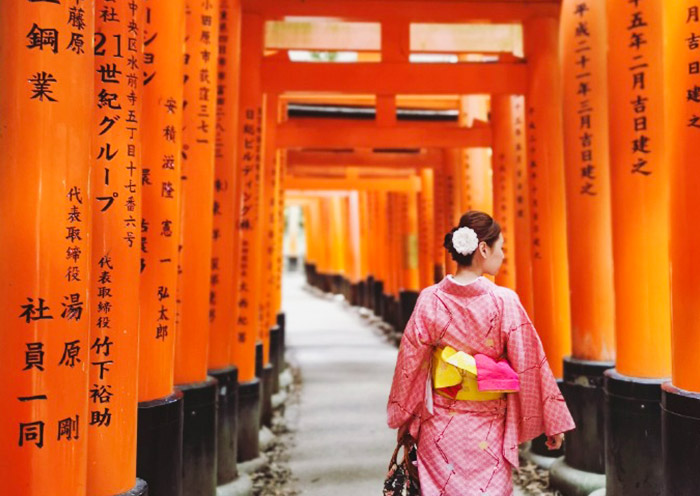
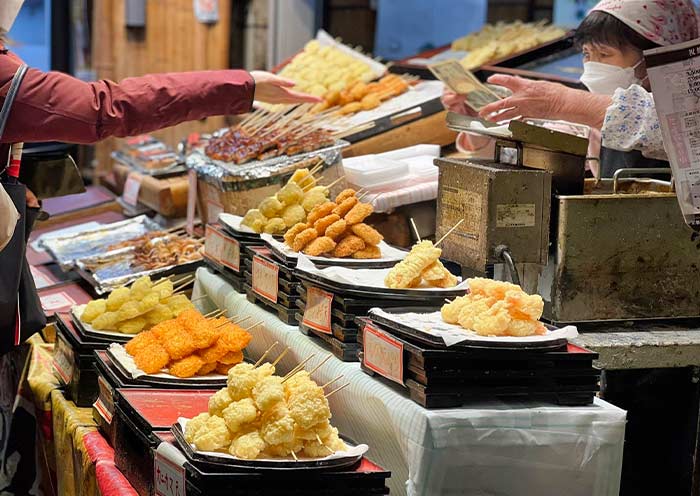
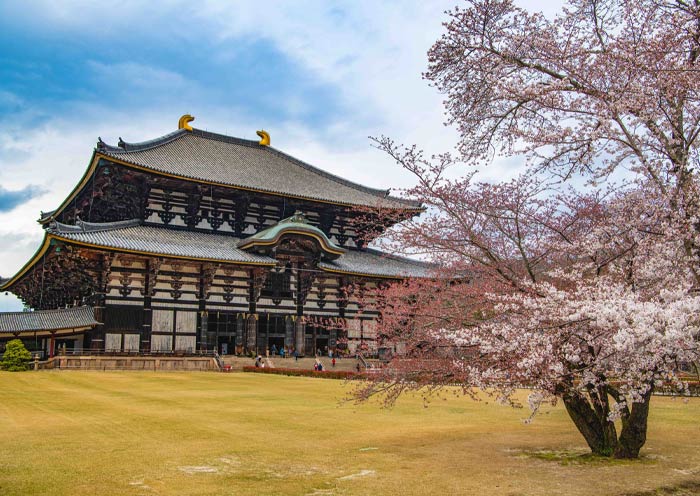
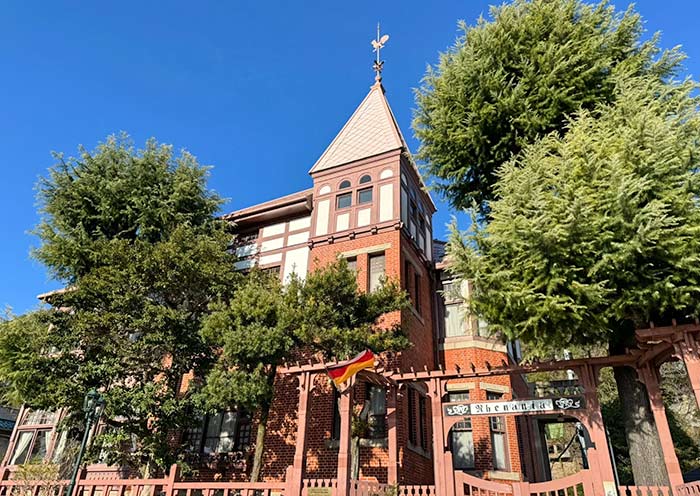
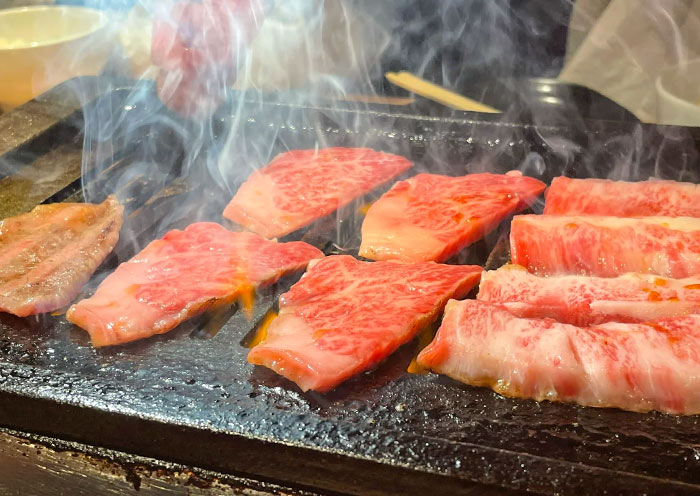
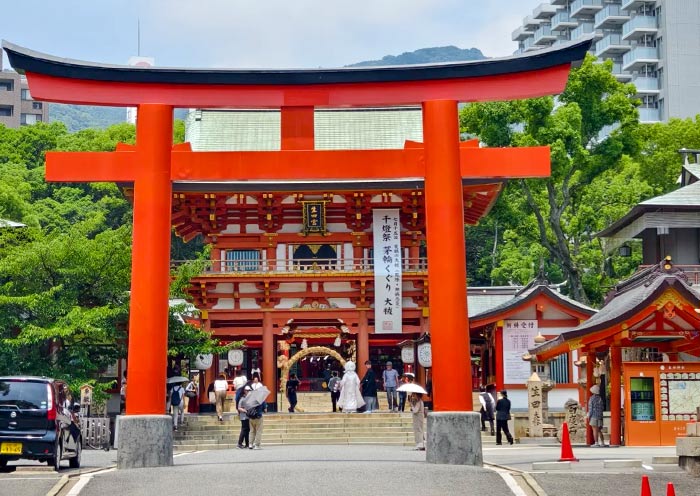


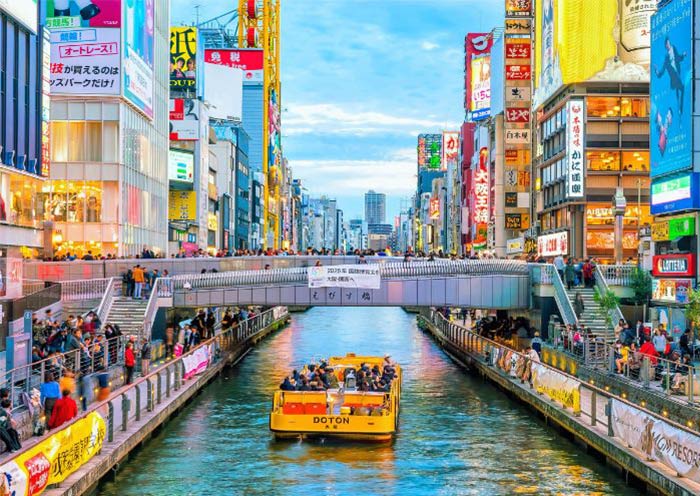
Itinerary at a Glance
Osaka (1 Day)
Airport Pick-up, transfer to Kyoto
Kyoto (1.5 Day)
Kinkaku-ji Temple (World Heritage), Nishiki Market, Gion, Yasaka Shrine, Ninenzaka & Sannenzaka, Kiyomizudera Temple (World Heritage), Fushimi Inari Taisha Shrine (World Heritage)
Japan Nara (0.5 Day)
Todaiji Temple (World Heritage), Nara Park
Kobe (1 Day)
Kitano-cho District, Sannomiya Station (Lunch Optional:Kobe Beef), Ikuta Shrine, Meriken Park (Exterior View: Kobe Port Tower)
Osaka (2 Days)
Free Time Explore (Osaka Castle Park, Shinsaibashi-suji, Dotombori); Departure
Itinerary Day by Day
Welcome to Japan! Upon your arrival at Osaka's Kansai International Airport, our representative will greet you with a sign bearing your name right at the arrivals gate. Then drive about 1 hour to your carefully selected hotel in Kyoto. Check into your hotel and take some time to settle in and refresh. The rest of today is free for you to explore the local surroundings at your own pace.
Kyoto, located in the Kansai region of the country, was once the capital of Japan. It epitomizes ancient Japan and is famous for tranquil temples, exquisite gardens, colorful shrines, grand imperial palaces, and ornate castles. Boasting 17 UNESCO World Heritage sites, over 1,000 Buddhist temples, and more than 400 Shinto shrines, Kyoto is among the world's most culturally rich cities. It's also known for traditional Japanese arts and practices, such as tea ceremonies, kaiseki dining (a traditional multi-course meal), and ikebana (flower arranging). It remains one of the best places to see geishas, who are traditional Japanese female entertainers known for their refined skills in arts, music, dance, and conversation.
Arrival Ideas:
1. By Flight: Kansai International Airport (KIX) is the main international gateway to the Kansai region of Japan. It hosts direct flights from major cities across Asia, Europe, North America, and Australia. In addition to international routes, KIX offers a wide range of domestic flights connecting Osaka with major Japanese cities like Tokyo, Sapporo, Okinawa, and Fukuoka. Osaka International Airport, commonly known as Itami Airport (ITM), is located closer to Osaka and primarily handles domestic flights.
2. By Shinkansen (Bullet Train): Shin-Osaka Station is the city’s shinkansen station. It can be reached via a short train ride from major cities like Tokyo, Nagoya, Hiroshima, and Fukuoka, making it a convenient option if you’re traveling from other parts of Japan.
Free Time Ideas in Kyoto:
1.Evening Stroll Along the Kamo River: This river flows through the city and provides walking paths with beautiful views. Many cafes and restaurants along the river have terraces, perfect for a relaxing end to your day.
2.Walk the Philosopher's Path: Enjoy a peaceful walk along the Philosopher’s Path, a stone path lined with cherry trees that follows a canal in northeastern Kyoto. This path is especially beautiful during cherry blossom season but offers a serene experience year-round.
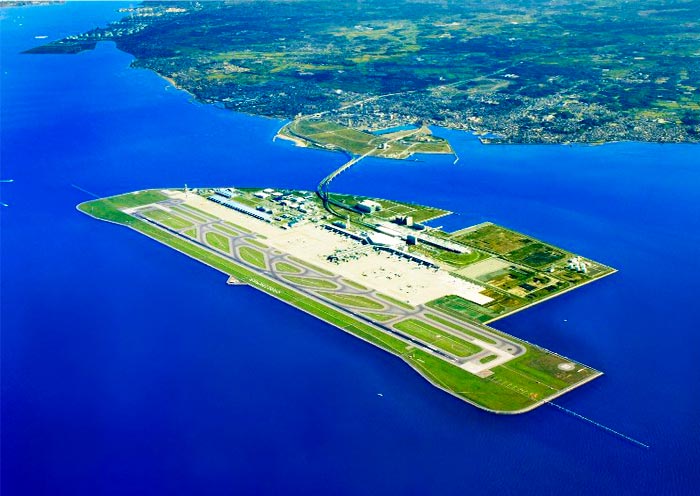
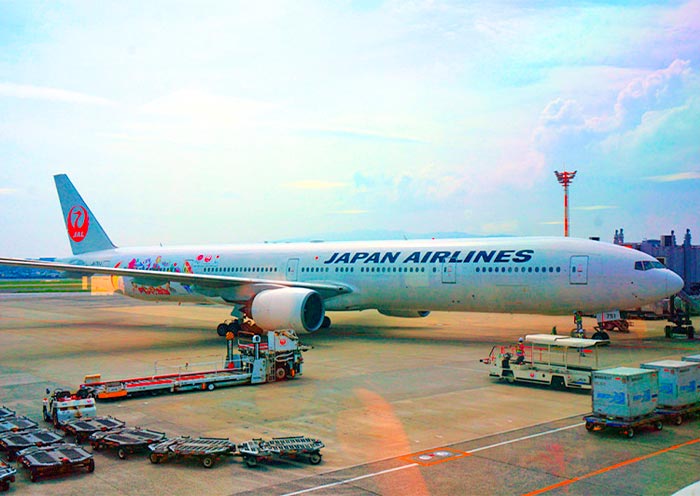
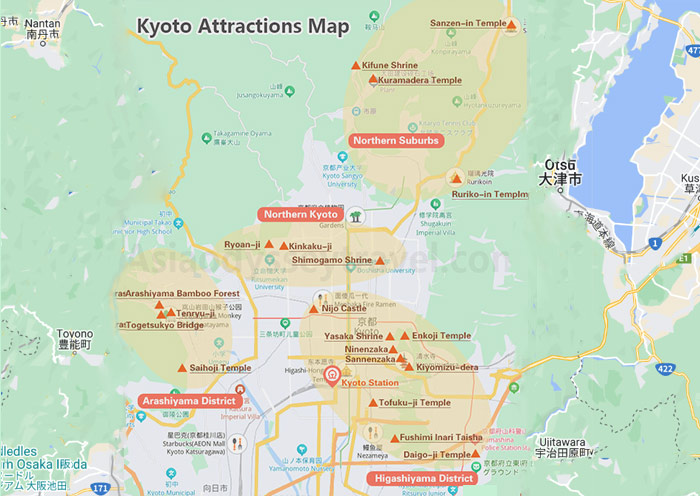
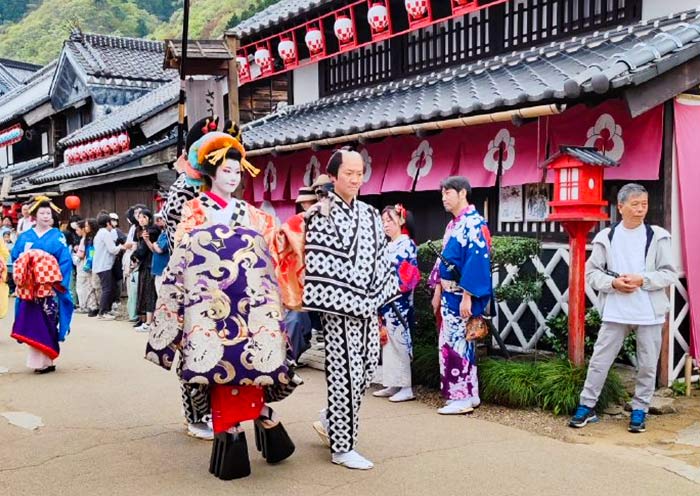
Today, you will experience the rich culture and history of Kyoto, from its ancient temples, shrines, and castles to its vibrant market and traditional district.
Start your day with a visit to one of Kyoto's most iconic sights, Kinkakuji Temple (Golden Pavilion) - a UNESCO World Heritage site. This Zen Buddhist temple is famous for its stunning golden exterior. The temple's stunning visual appeal comes from its top two floors, which are completely covered in gold leaf. The reflection of the golden structure shimmering in the pond in front of it, making it perfect for photos and quiet reflection. It was originally built in 1397 as a retirement villa for Shogun Ashikaga Yoshimitsu. After Yoshimitsu's death, as per his will, the villa was converted into a Zen temple by his son.
Next, make your way to Nishiki Market, often called "Kyoto’s Kitchen." This vibrant market is the perfect place to sample a variety of local dishes, such as cute Japanese sweets wasabi salt, fresh sashimi skewers to tako tamago (small octopus head stuffed with a quail egg on a stick). Enjoy browsing through the stalls and trying different Kyoto delicacies.
After lunch, head to Gion, Kyoto's famous geisha district. Here, you might catch a glimpse of Geisha (Geiko) in their elaborate kimonos and traditional makeup. As you wander through the cobblestone streets of Gion, take a moment to appreciate the beautifully preserved machiya (wooden townhouses), ochaya (teahouses), and exclusive ryotei (traditional Japanese restaurants).
From Gion, a short walk will bring you to Yasaka Shrine, the guardian shrine of the Gion entertainment district, which dates back over 1350 years. Yasaka Shrine is particularly favored by those seeking beauty and wealth. Visiting this significant Shinto shrine in Kyoto, you may also find yourself gaining some good luck. The shrine is most famous for its Gion Matsuri in July, during which you can witness the procession where the deities of Yasaka are paraded through the city streets.
Then, walk up the well-preserved streets of Ninenzaka and Sannenzaka towards Kiyomizu-dera Temple. These charming, sloping streets are lined with traditional shops and quaint tea houses, offering a nostalgic glimpse into Kyoto's past. As you stroll through these areas, you can shop for unique crafts, sample local snacks, and perhaps stop at a café to relax and soak in the atmosphere of old Kyoto.
Your day culminates with a visit to Kiyomizudera Temple, another UNESCO World Heritage Site. Perched on the hillside of Eastern Kyoto, this temple is renowned for its wooden stage that juts out over the hill, providing stunning views of the city and the surrounding nature. The temple's main hall, constructed entirely without the use of nails, is an architectural marvel. Kiyomizu-dera is also celebrated for its sacred waters, which are believed to have wish-granting powers that draw countless visitors who come to drink from its stream. Don’t miss the Hondo (Main Hall), Jishu Shrine, the Otowa Waterfall, and the spiritual experience of the Tainai-Meguri room.
Tips: The scenery at Kiyomizudera Temple is distinctively beautiful in each season, offering a unique charm year-round. In spring, the mountains are adorned with charming cherry blossoms; in summer, they are lush with vibrant greenery; in autumn, they are decorated with brilliantly colored leaves; and in winter, they are filled with enchanting trees.
Stay overnight in Kyoto.
Optional Activities:
Join a geisha tea ceremony in Kyoto. It offers a chance to see a performance by a geisha, experience the tea ceremony, and learn all about its artful rituals.
Kyoto traditional kimono experience. Wear a traditional kimono and stroll through scenic districts like Gion or around Kiyomizu-Dera Temple. Enjoy photo opportunities and the feel of traditional Japan.

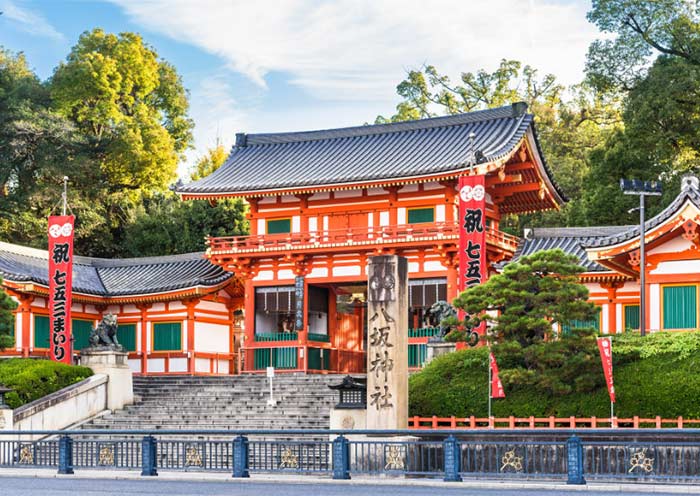


Start morning in Kyoto bright and early at one of its most iconic sites - the Fushimi Inari-taisha Shrine to beat the crowds.
Fushimi Inari Taisha Shrine is famous for its thousands of vermilion torii gates, known as Senbon Torii (“thousands of torii gates”). Layers upon layers of vermilion torii gates line the lush, wooded hillside, forming a seemingly endless corridor. The vibrant orange and black gates contrast beautifully with the surrounding greenery, creating a visually stunning and almost otherworldly path that is highly photogenic.
Fushimi Inari Taisha was founded in the early 8th century (711 AD) and is primarily dedicated to Inari, the Shinto god of rice, fertility, sake, agriculture, and industry. As you explore the shrine, you will encounter hundreds of fox statues. Said to be the messengers of the god Inari, who is associated with cereal grains, these fox statues often symbolize the deity. Many of these fox statues are depicted holding a key in their mouths, which is said to open the granary.
Tips: Hiking to the summit of the mountain and back will take two to three hours, but many people go only as far as the Yotsutsuji intersection because there are fewer torii gates beyond this point. It will take 30 to 40 minutes to reach Yotsutsuji.
Depart from Kyoto and head to Nara, an approximately 1.5-hour car car ride. Nara holds a special place in Japanese history as the country's first permanent capital, predating Kyoto. Nara boasts eight World Cultural Heritage sites, making it Japan's second most culturally rich city after Kyoto.
Visit Todaiji Temple, one of Japan's most historically significant temples and a UNESCO World Heritage site. It is known for housing the world’s largest bronze statue of the Buddha Vairocana, which stands just over 16m high and consists of 437 tonnes of bronze and 130kg of gold. It represents Vairocana Buddha and is flanked by two Bodhisattvas. Todaiji's main hall, Daibutsu-den (Big Buddha Hall), is one of the world’s largest all-wood buildings, despite the fact that the present reconstruction of 1692 is only two-thirds of the original temple hall's size.
Walk to Nara Park, adjacent to Kasuga Taisha. This park is famous for its hundreds of freely roaming deer, considered messengers of the gods in Shinto tradition. Purchase some shika senbei (deer crackers) to feed the deer as you stroll through the park.
Optional Activities:
1. Head to Kasuga Taisha (Kasuga Grand Shrine), Nara’s most celebrated Shinto shrine, another UNESCO World Heritage Site. It is renowned for its lanterns, which have been donated by worshippers. Hundreds of bronze lanterns can be seen hanging from the buildings, while thousands of stone lanterns line its approach and the surrounding woods. These lanterns are lit twice a year during the Lantern Festivals in February and August, creating an ethereal and mesmerizing atmosphere.
2. Hike up Mount Wakakusa (Wakakusa Yama), from where you can enjoy panoramic views of Nara and its surroundings. The hike is relatively easy and offers a great opportunity to relax and take in the natural beauty of the area. The real thrill is that you may encounter friendly deer. The mountain is especially beautiful during the cherry blossom season and autumn when the foliage changes color.
After the tour, drive to Osaka (typically takes around 45 minutes to an hour) and stay overnight.
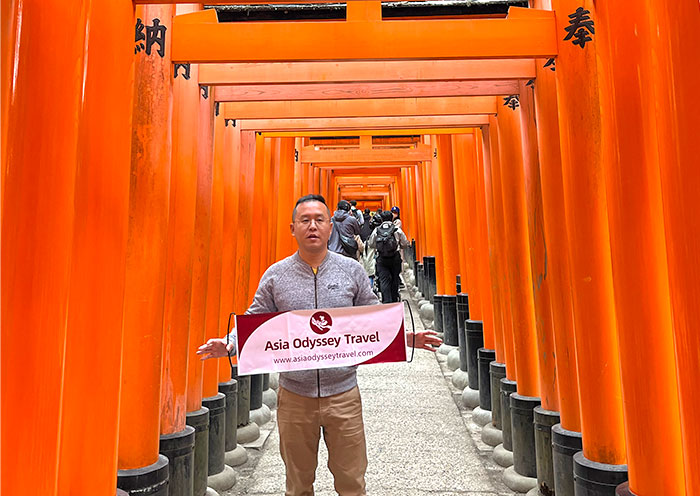

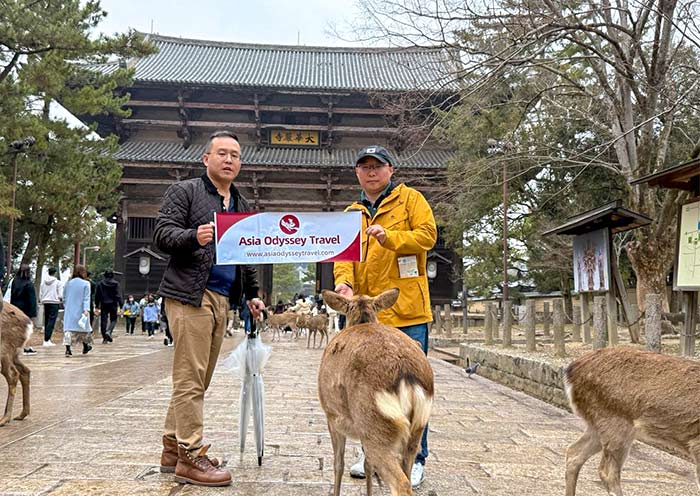
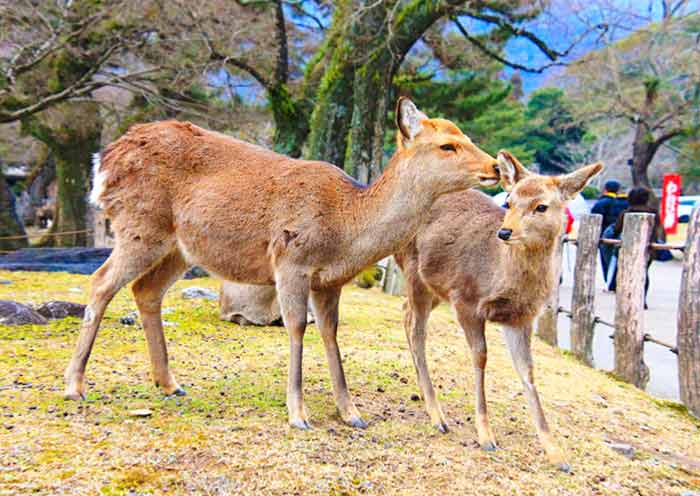
Enjoy Kobe Day Tour from Osaka, Explore top attractions in Kobe, such as Kitano-cho District (Western-style Architectures & history of Kobe Port), Sannomiya Station street (Kobe Beef & local food), Ikuta Shrine (God of Marriage), and Meriken Park (view modern landmarks of Kobe).
The Kitano-cho District (Kitano Ljinkan-gai北野异人馆街区) is a must-visit attraction in Kobe, renowned for preserving over 30 Western-style century-old buildings. After Kobe Port opened as a trading port to the outside world in 1868, traders, diplomats, and missionaries from various countries flocked in and built residences on the slopes of Kitano-cho (such as the British Residence, Italian Residence, German Residence, American Residence, French Residence, Chinese Residence, etc.), which later became known as "Foreigners' Residences异人馆." Today, these old houses, blending Gothic, Victorian, and other styles, have mostly been transformed into museums, galleries, or art centers. They are also popular spots for locals to take wedding photos and for anime fans to visit anime scenes.
While strolling through the old district, you cannot miss the Weathercock House (风见鸡馆) with its bronze rooster weathervane atop a red brick spire. It is a landmark of Kobe and was the former residence of the 19th-century German merchant, Thomas. Passing by the Moegi House (萌黄之馆) with its striking mint green exterior, which was once the American Consulate, is also a highlight. You can relax and enjoy a cup of coffee at the "Most Beautiful Starbucks in Japan," feeling the laid-back atmosphere. Don't forget to try the Matcha and Milk swirl ice cream of Rokko Ranch while you're there.
Tip: The Kitano-cho District is free to enter, but separate tickets are needed for admission to individual houses/Residences. It is recommended to opt for the 3-in-1 ticket based on your time and interests (at your own expense).
At lunchtime, you can explore the streets around the Sannomiya Station (神户三宫站), which is famous for locals to enjoy the famous Kobe Beef and other delicious Japanese food. Kobe Wagyu Beef is incredibly famous! It is known for its delicate texture, beautiful marbling, and rich, flavorful taste, often referred to as the "Rolls-Royce of Beef." (PS: The name "Kobe" actually comes from here—his father, Joe Bryant, dined at a Japanese restaurant in Philadelphia, where he particularly enjoyed the Kobe beef and decided to name his son "Kobe".)
Then, walk to Ikuta Shrine (生田神社), a highly effective Japanese shrine for praying for love and marriage. It has a history of over 1,800 years, making it one of Japan's oldest shrines. Its name is also related to Kobe. The shrine's original name was "Kanbei," which gradually transformed into the present-day city name "Kobe." Despite being located in the bustling district of Kobe, Ikuta Shrine is like an "urban oasis"—housing the ancient "Ikuta Forest生田之森" that's over a thousand years old. Nice for a relaxing stroll.
The main enshrined deity at the shrine is "Wakahiru-me稚日女尊," who is the younger sister of the sun goddess Amaterasu, governing light, creativity, weaving, and symbolizing "youth and vitality." Legend has it that she plays matchmaker while weaving, hence she is known as the "God of Marriage姻缘之神". You can experience a unique "Water Divination Fortune水占签": purchasing a piece of paper from the shrine maiden, floating it in the waters of the Golden Dragon Spring, where a mysterious prophecy gradually emerges. You can also buy an Ema (绘马wooden plaque for wishes), write desired wishes (for relationships, peace, health, etc.), believed to be particularly effective. If lucky, one might even witness a local wedding ceremony taking place here!
In the afternoon, time to explore Meriken Park (美利坚公园). Meriken Park used to be a dedicated port for foreign steamships, but in 1987, it was transformed into a seaside park specifically to commemorate the 120th anniversary of Kobe Port's opening. The term "Meriken" in the name is a phonetic translation of "American" during the Meiji era. One of the park's most popular spots is the "BE KOBE" photo spot, established to celebrate the 150th anniversary of Kobe Port's opening. The park also houses the Kobe Maritime Museum, designed to resemble a ship just setting sail with its sails raised, which is quite interesting. The park offers a great vantage point for viewing the Kobe Port Tower, a Kobe landmark standing at 108 meters tall. You can climb to the top observation deck for panoramic views of the entire cityscape (self-pay). A section of the park also preserves a damaged pier from the 1995 Great Hanshin Earthquake as a memorial to the disaster, reminding everyone to cherish the present.
After a stroll, you can take a break with a cup of coffee before exploring the modern art installations and sculptures within the park, enjoying a relaxing walk in the sea breeze. In the evening, the park hosts a light show accompanied by music and fountains, creating a romantic atmosphere.
At last head back to Osaka for overnight.
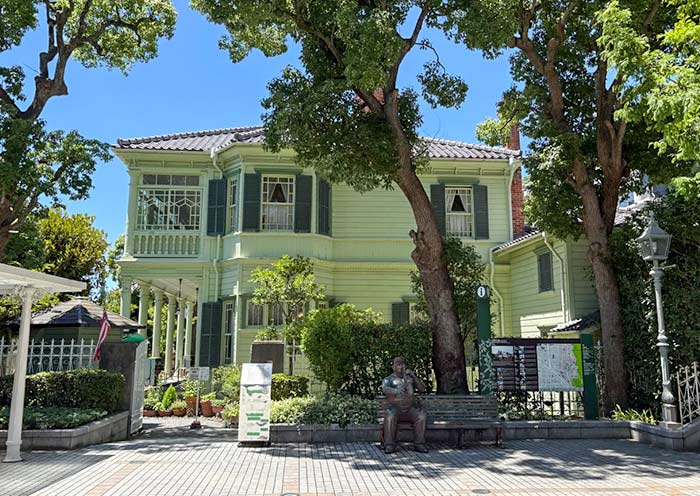

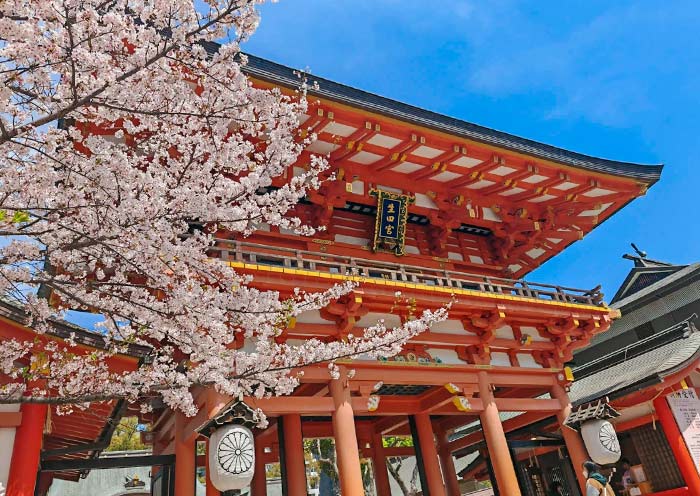
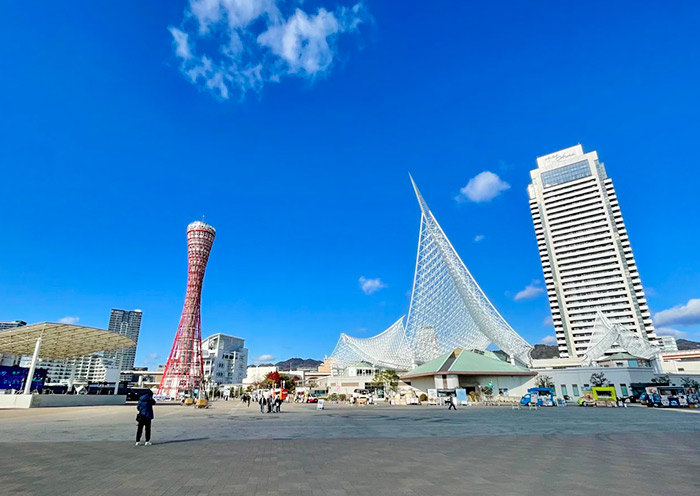
Osaka, Japan's third-largest city and a major economic hub, is renowned for its rich history, diverse cuisine, distinctive culture, and robust economic strength. The city's unique sense of humor and open personality make it an exceptionally interesting place, more colorful than most cities. Acres of concrete are covered with dazzling neon lights and brightly colored storefronts. Osaka is a city that loves to eat, known as the "nation's kitchen." It boasts a wide variety of culinary delights.
Sample for your fee day exploration:
Start your free day at Osaka Castle Park, one of Japan’s most famous landmarks and a symbol of Osaka’s historical grandeur. Originally built in 1583 by Toyotomi Hideyoshi, a powerful daimyo who aimed to unify Japan, it was the largest castle of its time. After multiple renovations and reconstructions, today's Osaka Castle has been transformed into an open park, covering a total area of 105.6 hectares, making it a must-visit attraction.
Walking into the scenic area of Osaka Castle, you'll be amazed by the massive scale and precision of the moats, gates, and stone walls. The largest stone slab is 11 meters wide, and many stones are inscribed with the crests of the 64 daimyō (feudal lords) tasked with the castle’s construction back in 1620. The most breathtaking feature is the Main Tower (Tenshukaku) of Osaka Castle, which stands tall against the sky at the center of the extensive castle grounds. The castle tower's interior is a museum showcasing artifacts related to Toyotomi Hideyoshi and the castle's history. The observation deck on the 8th floor offers a panoramic view of Osaka Castle Park and the Osaka Plain.
Optional Activity: Take some time to stroll through the Nishinomaru Garden, which offers a picturesque setting with over 600 cherry trees and beautiful views of the castle tower from below. This is especially enchanting during the cherry blossom season, which usually occurs in late March and/or early April.
In the afternoon, you will experience the unique charm of the city through a street food and shopping tour. Enjoy shopping at Shinsaibashi-suji Shopping Street, Osaka's busiest shopping arcade. Then, head to the lively district of Dotonbori, where waterways are lined with luminous advertisements and signs. It's especially glitzy during the holiday season, with decorations strung across the bridges. Full of fantastic restaurants, clubs, and karaoke bars, it's the city's go-to area for entertainment. Take a photo at the iconic Glico Man sign. Try takoyaki, ball-shaped octopus bites, kushikatsu (Japanese deep-fried skewered meat and vegetables), and okonomiyaki, a savory Japanese pancake topped with whatever you like.
Optional Activities:
1.Kamigata Ukiyoe Museum offers a fascinating glimpse into the traditional Japanese art form of ukiyo-e.
2.Shinsekai (New World) & Tsutenkaku Tower: Shinsekai, meaning "New World," is a nostalgic and unique shopping district in Osaka, known for its retro vibe, old-school charm, and vibrant atmosphere. Originally built in 1912, Tsutenkaku Tower offers views of the Osaka skyline and is located in the retro-themed Shinsekai area.



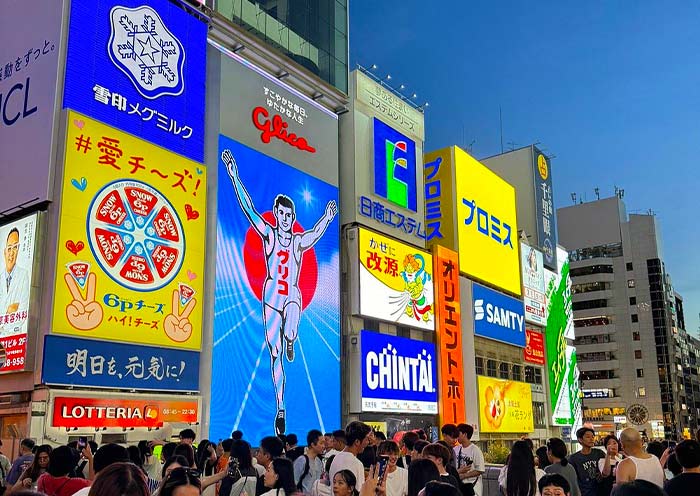
It is time to end your unforgettable 6 Days Japan Kansai Tour. Your driver will ensure a smooth transfer to Kansai International Airport (KIX) or Kansai International Airport (KIX) for your departure flight.
Trip Extension: If you'd like to extend your adventures in Japan, consider exploring other notable regions like Mt. Fuji, Hakone, etc. Feel free to contact us to customize your extended itinerary.
Thank you for choosing Asia Odyssey Travel for your tour of Asia. We are dedicated to enhancing your travel experiences and look forward to welcoming you on your next adventure in Asia. Have a safe journey home!
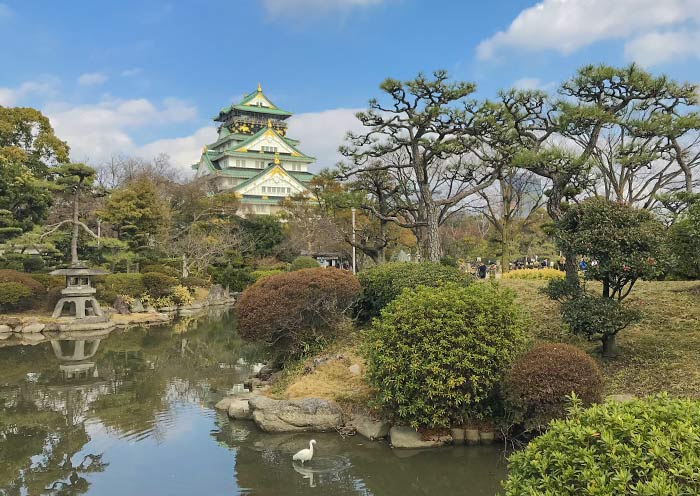
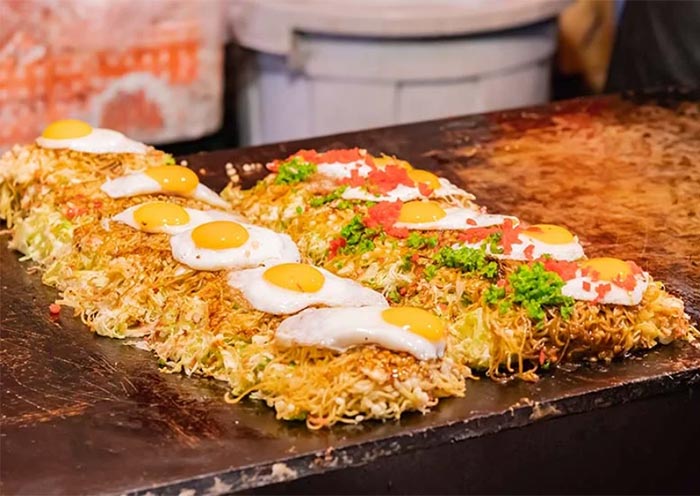
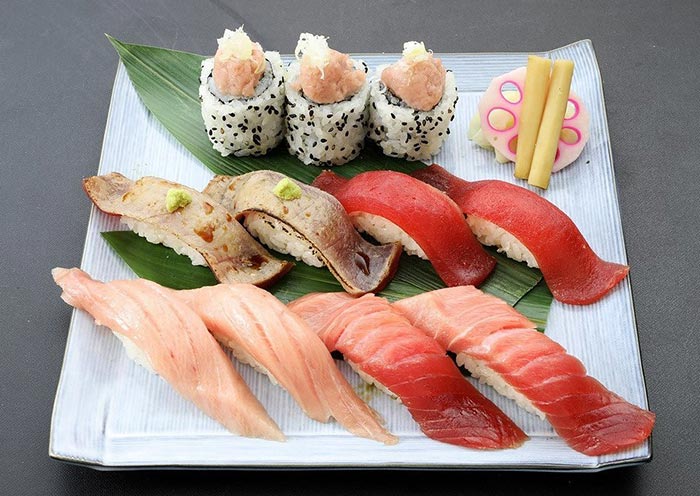

What’s Included & What’s Excluded
What's Included:
What's Excluded:
Important Travel Tips for Visiting Japan
Get the right visa. Depending on your nationality and the length of your stay, you may need to apply for a visa in advance. You can do this online or at a Japanese embassy or consulate. Many countries are part of Japan’s visa exemption program, allowing their citizens to enter Japan for short stays without a visa for tourism. Always check if your country is on this list before applying for a visa. If you have any questions, feel free to contact our travel experts for more information.
The best time to visit Japan depends on your interests:
Spring (March to May): Ideal
for witnessing the cherry blossoms and enjoying mild weather. Major cities like Tokyo, Kyoto, and Hiroshima
are particularly beautiful as cherry trees bloom spectacularly.
Summer (June to
August): Perfect for experiencing vibrant festivals such as Gion Matsuri in Kyoto,
Tanabata Matsuri across the country, and enjoying the natural beauty of Hokkaido, which is less humid than
the rest of Japan. Note that early summer (June) is the rainy season.
Autumn (September to
November): Offers stunning fall foliage, making it a great time for hiking and temple
visits. The weather is cool and pleasant, ideal for outdoor activities.
Winter (December to
February): The best time for winter sports, especially in regions like Hokkaido and the
Japanese Alps. Onsens (hot springs) are also a popular attraction during the cold months.
Bring Cash. Despite advances in digital payment, many smaller vendors, temples, and rural
areas operate predominantly with cash. It’s wise to keep some yen on hand at all
times.
Universal Travel Adapter. Japan uses 100V with two straight thin
pins.
Passport: Ensure it’s valid for at least six months beyond your date
of travel.
Visa (if required): Make sure you have the right visa for your
travel.
Travel Insurance Information: Always good to have on hand.
Bow when greeting: A slight bow is a common way to say hello, thank you, or
sorry.
Be mindful of your noise level: Japanese culture values quietness,
especially in public transportation and residential areas.
Follow the rules: Whether
it's waiting in line or adhering to signage, following local rules and etiquette is highly
valued.
Etiquette in temples and shrines: Wear modest clothing and follow specific
customs such as washing hands and mouth before entering a shrine or temple. Photography might be restricted
in sacred areas.
Looking for more travel guides for first-time visitors to Japan? Want to gather additional information to plan your trip? Our team of professional travel experts has written over 40 articles about Vietnam. Please check out ourJapan Travel Guide for inspiration and detailed insights.
Hotel Conditions for Your Japan Tour
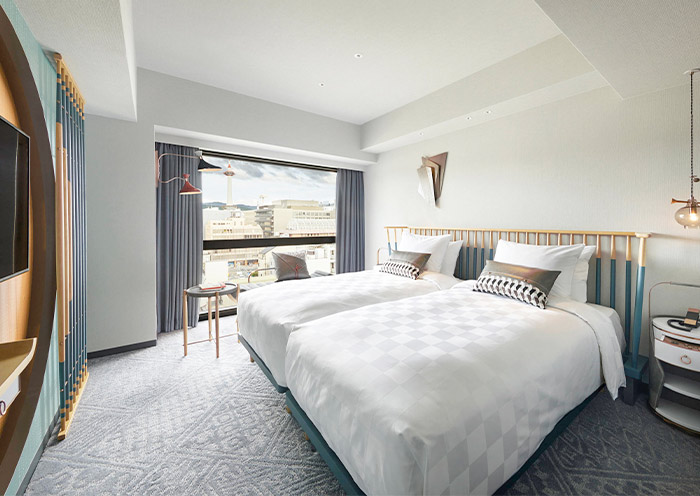


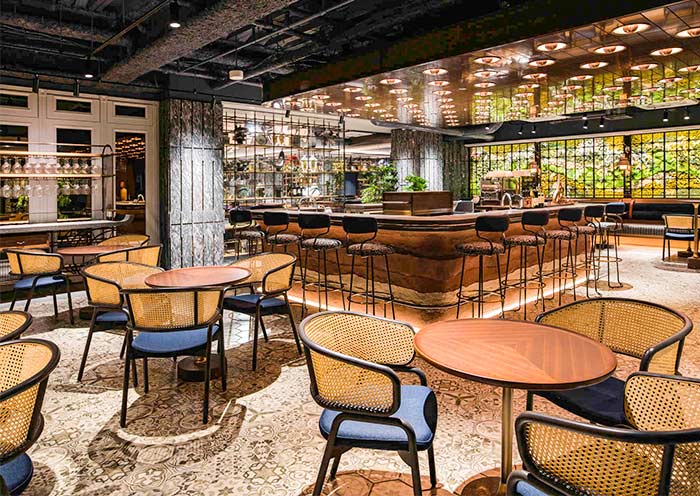
We offer a range of accommodation options to suit various preferences and budgets: luxurious 5-star hotels, comfortable 4-star hotels, and economical 3-star hotels. Our selected hotels are conveniently located close to the city center or popular tourist spots.
For those seeking a more distinctive lodging experience, we also offer Traditional Ryokans, Machiya, Onsen (hot springs) Hotels, etc. If you have specific needs or preferences, please consult with your travel advisor.
Tips: Be aware that hotel room sizes in Japan may be smaller compared to those in other developed countries due to the scarcity of land. If your budget allows, it is recommended to opt for a higher category of hotel, which will generally offer more comfort.
Photo Gallery for This Itinerary
Latest Japan Tours Reviews from Our Customers

Jess
Malaysia
Destination(s): Beijing, Xian, Shanghai, Zhangjiajie
Date of Experience: Sep 04, 2025
Tour Customized by: Yee
You May be Interested in This Tour: 26 Days In-Depth Vietnam China Japan Tour: Ultimate Asia Contrast

Claudia Konrado
Brazil
That’s when a friend recommended Asia Odyssey Travel (AOT), and it was the best decision we made! Not only did they completely customize our entire trip, but they did so at a perfectly reasonable cost. Our travel agent, Abby, was absolutely incredible. She worked tirelessly with us to build out an itinerary, patiently answering all our questions, offering guidance, making changes, and adding new ideas with such care and professionalism. From Disney and Universal for the teens to visits to TeamLab Planets, museums and temples and shopping excursions, ending with a relaxing beach time in Okinawa, Abby worked with us and ensured there was something wonderful for everyone. Even during the trip, she was always available to help and provide support. I truly can’t express how much Abby made a difference in our experience. The entire team at AOT, from the guides to the drivers, was consistently helpful and attentive, ensuring every moment of our journey was smooth and enjoyable. We are so grateful for the wonderful memories created, all thanks to the dedication and expertise of AOT team. We highly recommend them for an exceptional travel experience.
Date of Experience: Jul 01, 2025
Tour Customized by: Abby
You May be Interested in This Tour: Customized Tour

Cheers
Britain
I’m so glad we chose to do this tour! We were looking for a way to escape the summer heat, and Hokkaido was a dream come true. The air was so fresh and the scenery was just incredible—I swear my photos don’t even do it justice.
The highlight for me was definitely the lavender fields in Furano. They were even more beautiful in person than in all the pictures you see online. Our private guide knew the best spots to get a great view without fighting the crowds. Plus, we got to see all the other rainbow flower fields in Biei which were just as amazing.
The trip was super relaxing because we didn't have to worry about a thing. Our driver was so professional, and it was a huge relief to have a private car just for our family. It made getting between all the different towns so easy. We loved exploring the charming canal in Otaru and getting to eat all the fresh seafood in Sapporo. The food in Hokkaido is seriously on another level!
Date of Experience: Jun 10, 2025
Tour Customized by: Cheers
You May be Interested in This Tour: 8 Days Hokkaido Summer Tour: Colorful Family Vacation on Hokkaido Island
Price: From USD Request pp
(Based on a private tour for 6 persons staying in 4-star hotels. Prices may vary depending on the itinerary, travel dates, and group size. )
(Book at least 6 months in advance)


